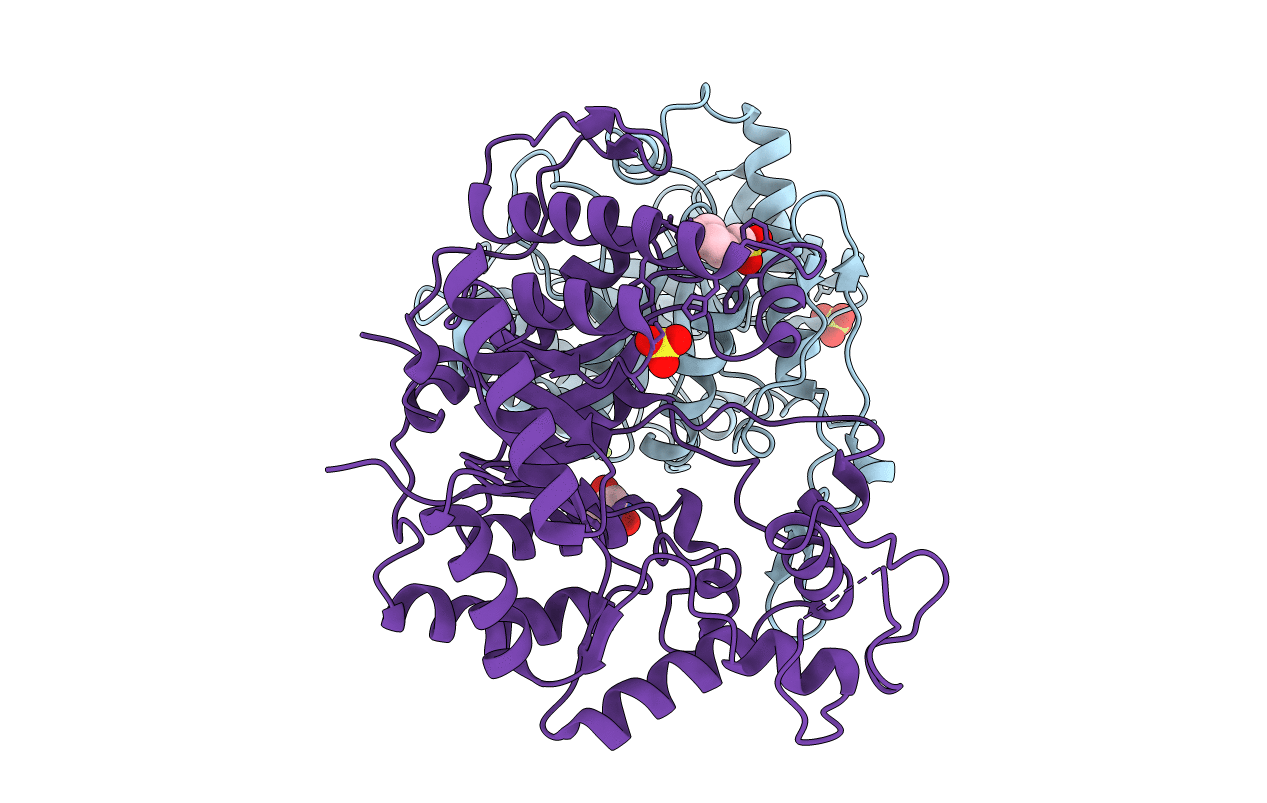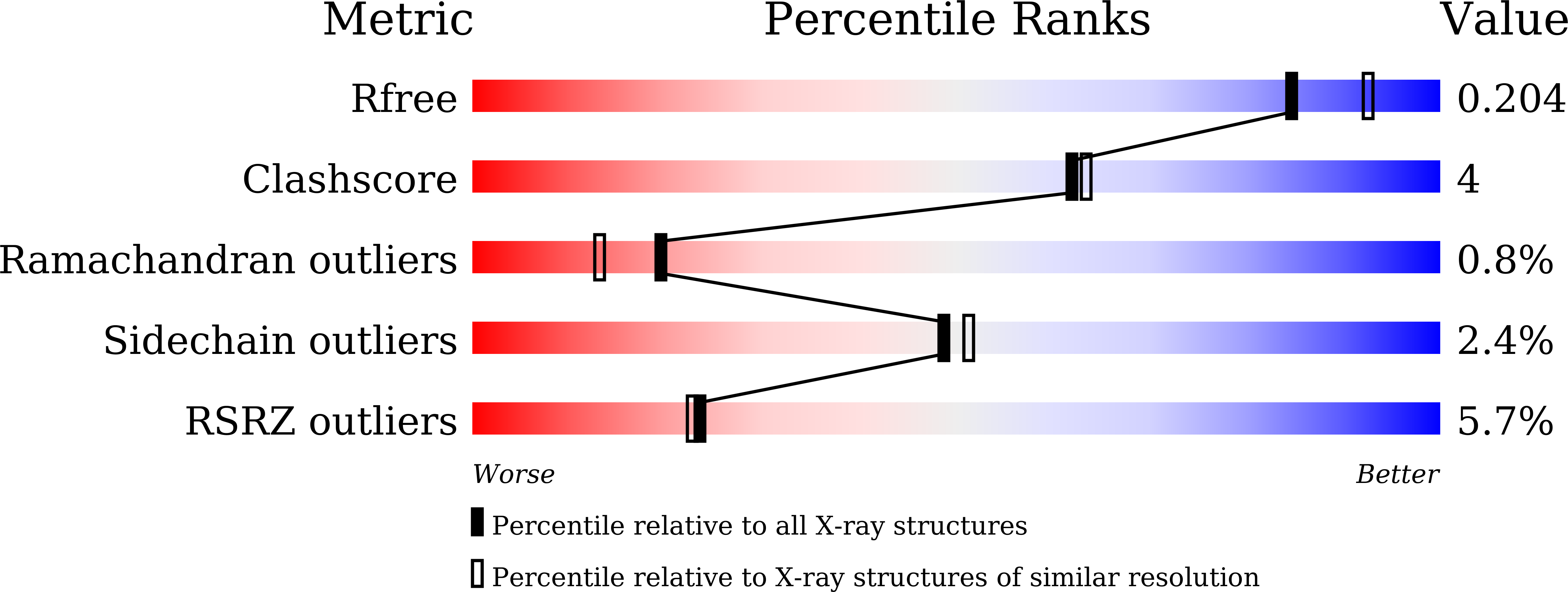
Deposition Date
2021-02-08
Release Date
2021-03-10
Last Version Date
2023-11-29
Entry Detail
PDB ID:
7E36
Keywords:
Title:
A [6+4]-cycloaddition adduct is the biosynthetic intermediate in streptoseomycin biosynthesis
Biological Source:
Source Organism:
Nocardia tenerifensis (Taxon ID: 228006)
Host Organism:
Method Details:
Experimental Method:
Resolution:
2.00 Å
R-Value Free:
0.20
R-Value Work:
0.16
R-Value Observed:
0.16
Space Group:
P 1 21 1


